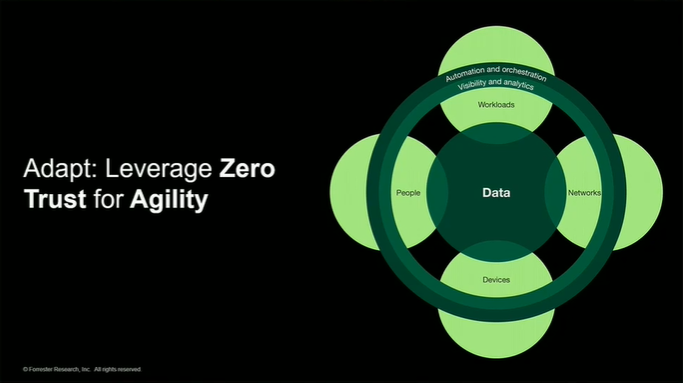Big Content is a lesser known buzzword in the data world that’s experienced a few definition shifts. In 2012, Gartner’s Craig Roth indicated Big Content to be the unstructured step-child of Big Data, representing the multitude of blogs, tweets, posts, vines, and similar content being created at an increasing rate. Idio suggested Big Content needs an analytical model, strategy, and process to support and manage operations of the content marketing hub. And then Moz tweaked the definition from one of volume to value, suggesting that Big Content is non-traditional, not necessarily long-form, but requiring additional effort – albeit worth the added energy required since it provides longevity, creates a barrier to entry for competitors, and typically rides out a big idea.
Businesses are already using Big Data tools and strategies to create more efficient and prosperous operations with CRMs, POS systems, and marketing databases offering faster and more personalized customer service experiences. But most of them are still only scratching the surface of possibility, as they ignore massive amounts of Big Content that is difficult to analyze and organize because it resides outside of a structured data system. Big Data projects tend to ignore this wealth of amorphous data, not yet having the tools or skills to benefit from its riches. Of course, as consumer demands for personalized and seamless service and experience increase, so does the import of being able to properly analyze and exploit the Big Content waiting on the sidelines.
Organizations already getting to grips with Big Content are not, however, leaving Big Data behind, but instead bringing the two together for a complete understanding of channel and customer performance and improved operational efficiency by connecting the unstructured Big Content with the systems and operations of Big Data. Software vendors are encouraging smooth and seamless integration tools, with most vendors providing web service APIs that enhance the cooperation of different systems and cloud services. And metadata is playing its own role with its tags and classifications found in both structured Big Data and unstructured Big Content as it provides companies with the ability to organize and associate data with projects, consumers, goals, and, in fact, any definable attribute.
One area already benefiting from this convergence is marketing. As digital marketing hubs allow for multichannel marketing programs via email, SMS, and other channels, Big Content improves the precision of targeting. Better consumer knowledge allows for healthier engagement and a mutually reinforcing dynamic is created when organizations use social Big Content with multichannel communication for precisely targeted marketing.
Organizations in the process of building and applying their own content supply chains need to prioritize investments depending on their consumer needs and behaviors, and balance appropriate techniques with their own unique point of view.
By Jennifer Klostermann





